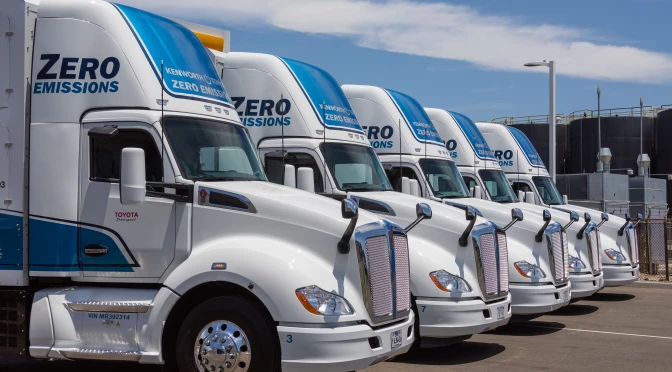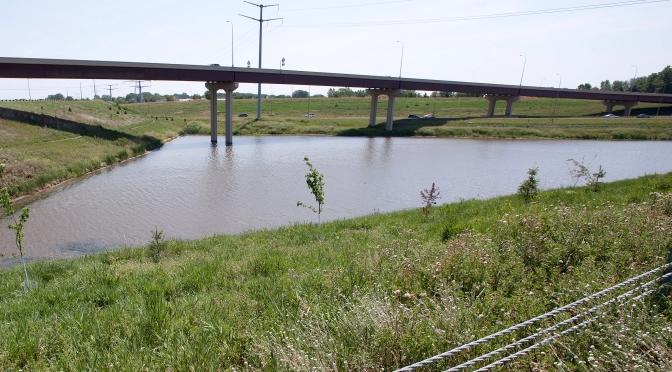Reprinted from CTS News, March 19, 2024
—Sophie Koch, contributing writer
Hydrogen is getting a lot of attention in recent years as a potential fuel source in the transportation sector. However, it is important to consider the pros, cons, and limitations of this molecule when deciding how to use it.
“(There) seems to be so much interest in this particular molecule, and for a lot of reasons—it has a lot of potential,” says Karen Bridges, research specialist with the U of M’s Humphrey School of Public Affairs. “It’s a very flexible, light energy-carrier.”
Bridges, along with Assistant Professor Elise Harrington from the Humphrey School, co-authored a high-level review paper summarizing research and reporting on the viability of hydrogen as a carbon-neutral fuel alternative. The paper was commissioned by the Minnesota Freight Advisory Committee.
Hydrogen, Bridges says, has the potential to serve as a “missing link” in the quest for decarbonization. It is energy-dense enough to move heavy, long-distance freight, easy to store and transport, and able to be used in applications such as aviation, international shipping, rail, and trucking.
However, the main drawback to hydrogen is that not all of it is truly “clean.” Obtaining a hydrogen molecule involves using electricity to split an existing molecule (either natural gas or water) into its component parts. The cleanness of the hydrogen depends on what molecule is split, what energy source is used to split it, and whether there’s some sort of carbon capture method used to clean up the byproducts of the process.
(Photos: Kenworth)

The absolute cleanest method is called “green” hydrogen—it uses renewable energy sources to split water molecules, and it doesn’t need a carbon-capture method because there are no carbon byproducts. Unfortunately, green hydrogen is the most expensive to produce.
“Blue” hydrogen is in the middle in terms of both cost and cleanness; it splits natural gas molecules and has a carbon-capture system set up to catch the byproducts. “Grey” hydrogen, by contrast, also splits natural gas molecules but involves no carbon-capture system.
“Currently, it’s very expensive to produce zero and low-carbon hydrogen,” Bridges says. “There’s not a lot of it being produced today, and a lot of it’s grey, and so there would be a tremendous amount of investment that we’d need to go to scale.”
Increasing the scale and driving down the cost of green hydrogen are going to be key to making it a viable, affordable option for freight companies, Bridges says. Regional and cross-sector cooperation will help significantly in this process.
“In order to help support the development of the infrastructure, you really need coordination across the country,” Bridges says.
Initiatives aimed at pushing hydrogen forward are already in motion on the federal level, Bridges notes. The 2022 Inflation Reduction Act has a Clean Hydrogen Production Tax Credit program for incentivizing hydrogen production facilities, and the 2021 Bipartisan Infrastructure Act dedicated $8 billion toward the Regional Clean Hydrogen Hubs Program to support the development of clean hydrogen production, storage, and transportation.
“I think we’re really starting to see these things move forward,” Bridges says.
Bridges presented her and Harrington’s work at the 2023 Freight and Logistics Symposium. The white paper—Hydrogen for Freight in Minnesota: Considerations for Technology Readiness and Policy Options in Minnesota—will be posted on the MFAC website.











